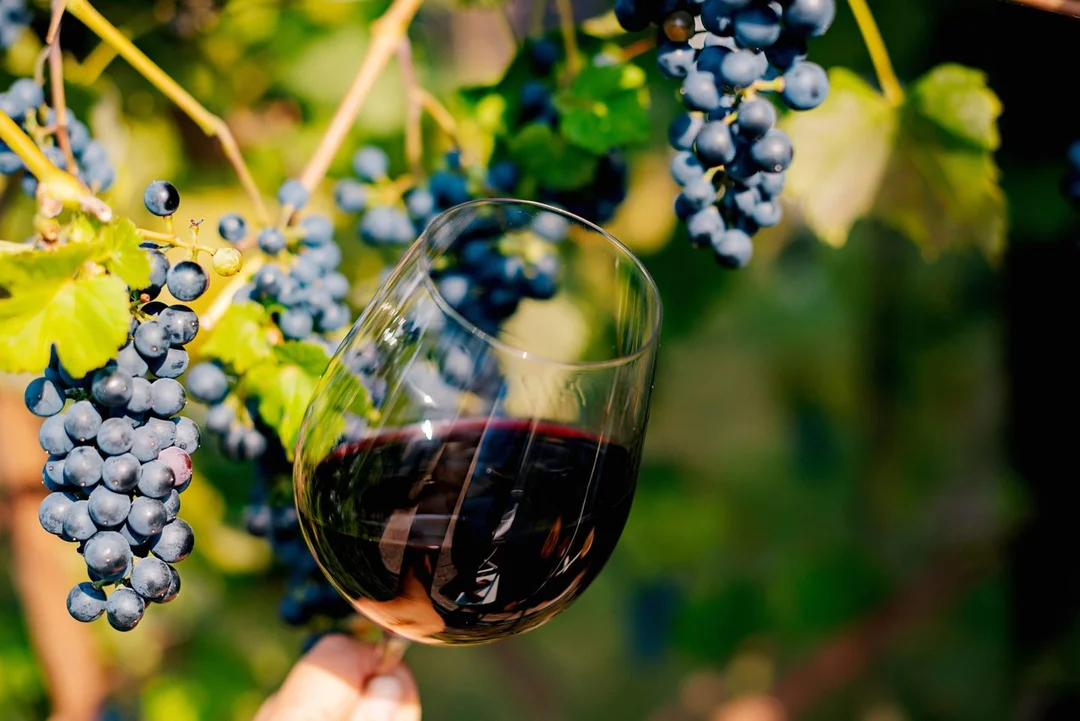
California Wine Supply Faces Challenges as Grape Crush Hits Lowest in Two Decades
California's wine industry is grappling with a significant challenge as the state's grape crush has reached its lowest level in two decades, according to a recent report by Fortune. This development marks a pivotal moment for the region, renowned globally for its wine production. The decline, influenced by a combination of factors including climate change, shifting consumer preferences, and economic pressures, has prompted a reevaluation of the industry's future.
The report highlights that the 2025 grape crush totaled just over 3 million tons, a stark contrast to the peak years when the state harvested over 4 million tons annually. This reduction is not only a concern for winemakers but also for the broader economy of California, where the wine industry contributes significantly to employment and tourism.
Experts attribute the downturn to several key issues. Climate variability has led to unpredictable growing conditions, impacting the quality and quantity of grapes. Additionally, a shift in consumer trends towards lighter, more sustainable wines has reduced demand for some traditional varietals. Economic factors, including rising production costs and fluctuating market prices, further complicate the situation for growers and vintners.
Despite these challenges, there is optimism within the industry. Some producers are turning to innovative farming practices and exploring new grape varieties that are better suited to the changing climate and consumer tastes. Moreover, there is a push towards sustainability, with many vineyards adopting eco-friendly techniques to reduce their environmental footprint.
The future of California's wine industry will likely depend on its ability to adapt to these evolving conditions. As the state continues to be a leader in wine production, the coming years will be crucial in determining whether it can maintain its prestigious position in the global market.